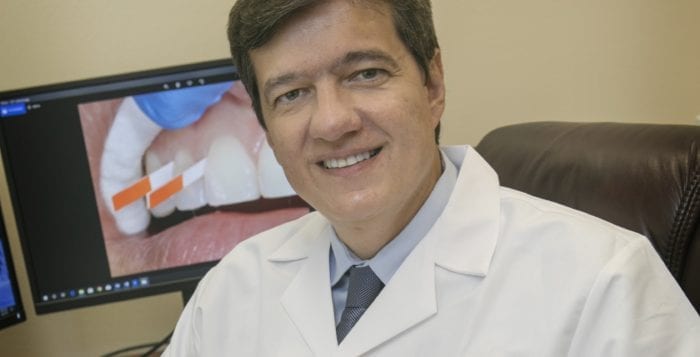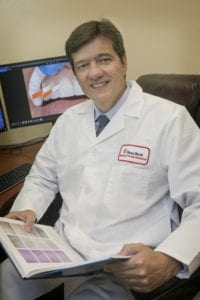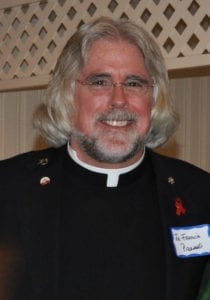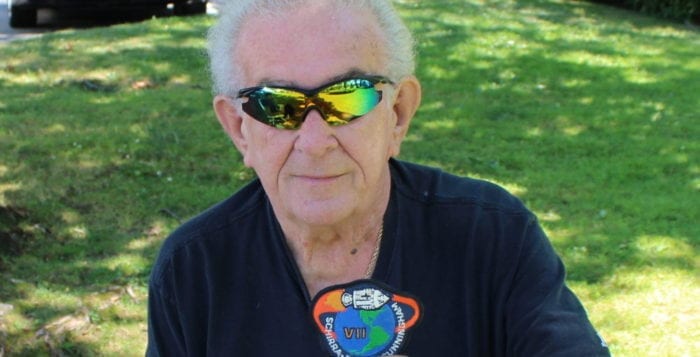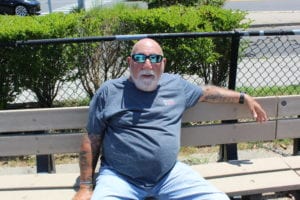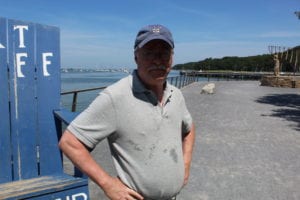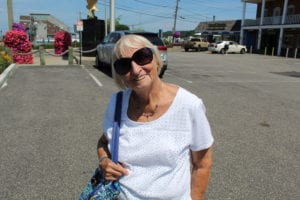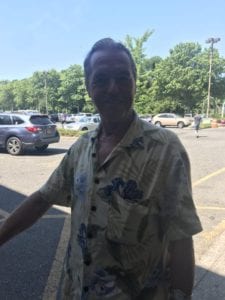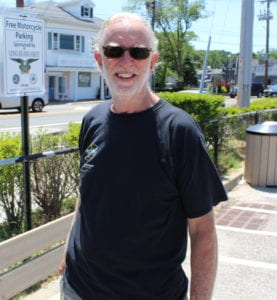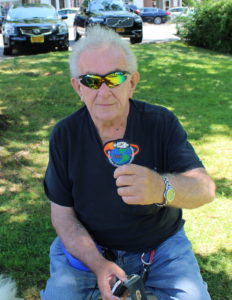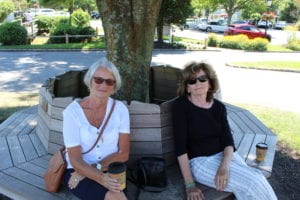Researchers, tour guides, gardeners, curatorial interns
The Suffolk County Vanderbilt Museum, like most museums, would find it difficult to operate without volunteers.
According to the American Alliance of Museums, the majority of people who work in museums are volunteers. Overall, U.S. museums have six volunteers for every paid staff member. And even in the largest museums, volunteers generally outnumber paid full-time staff two to one.
At the Vanderbilt, volunteers enthusiastically assist the staff by conducting tours, greeting visitors, beautifying the grounds and undertaking curatorial and conservation projects. They also work as interns or staff aides in various departments, examine marketing and branding, decorate the Mansion for the holidays, and perform music on the 1,476-pipe Aeolian organ. Approximately 100 volunteers generously donate countless hours each year.
“Volunteers love this estate, work hard, and make invaluable contributions,” said Lance Reinheimer, executive director. “Their work saves the museum a lot of money each year and helps us to support Mr. Vanderbilt’s original educational mission. We’re very grateful to them.”
Mary Schlotter
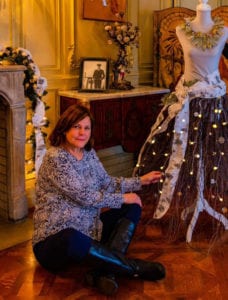
Mary Schlotter and her daughter, Krishtia McCord, have volunteered their talents for years to create holiday magic in the Mansion, as have members of local garden clubs. The mother-daughter design team owns and operates Harbor Homestead & Co., based in Centerport.
“My love of design, history and flowers is what drives me to volunteer,” Schlotter said. “I find myself brainstorming in June for the holiday designs. Volunteering is so important if we are to keep Long Island treasures like the Vanderbilt looking their best. I often refer to it as a jewel in my backyard!”
“One cold November night, I had just finished my design and I looked back at the Mansion. The lights were on and the Christmas lights were glistening. I wondered if William and Rosamond would like what we had done,” she added.
Matthew Titchiner
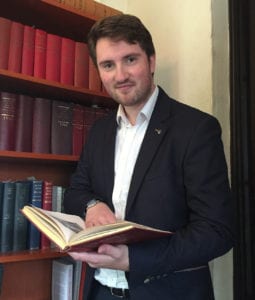
Before moving to New York, Matthew Titchiner managed Harewood House, one of England’s premier historic estates. His responsibilities included staff, operations, visitor experience, marketing and branding.
“My wife is a pediatric resident at Stony Brook University Hospital, and I wanted to familiarize myself with the American museum world before starting full-time work,” he said. “So, I reached out to the Vanderbilt.”
Titchiner first researched and cataloged the Vanderbilt collection of ancient weapons, then undertook an in-depth project that examines the museum’s branding. This 66-page report analyzed signage, the website, communications and the application of audience data and feedback.
“Matthew brought his deep museum experience and discerning eye to his analysis of how the Vanderbilt presents itself to the world,” Reinheimer said. “His keen insights will be valuable as we continue to improve how the museum reaches out to and communicates with its diverse and growing audience.”
“The Vanderbilt’s interesting mix of historic mansion, park and planetarium is a unique selling point,” said Titchiner. “It’s a museum of a museum, a snapshot in time.”
Bill Caputi
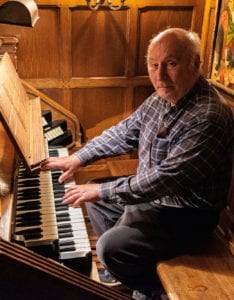
Bill Caputi plays beautiful classical music on the Mansion’s grand Aeolian pipe organ. The retired electrical engineer has played for more than 20 years for guided tours and during the museum’s annual holiday and Valentine’s Day banquets.
“I studied piano as a boy,” he said. “I took lessons from a music teacher on the school’s huge pipe organ and played occasionally in a nearby church. And I was the pianist for my college glee club. When we moved to Centerport, I learned that the Vanderbilt pipe organ had just been renovated so I volunteered to play.”
Founded in 1887 by William Tremaine, the Aeolian Company grew to be the largest musical instrument manufacturer in America by 1920. Pipe organs were installed in most elite mansions in the early 1900s. The Vanderbilt organ was installed in 1926.
“I’m glad visitors and staff enjoy the music,” Caputi said. “I often play Grieg, Rachmaninoff and Broadway tunes. At Halloween, I like to play scary music.”
Dr. Richard Elinson
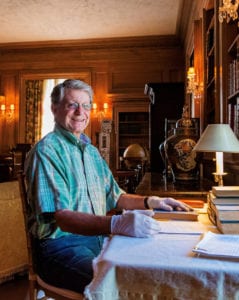
Wearing protective curator’s gloves, Dr. Richard Elinson has inspected nearly 1,400 vintage books in the Vanderbilt Mansion Library. “The books had been cataloged, but needed to be examined closely,” said Elinson. “I’ve been doing condition reports. I make note of damaged bindings, water damage or just interesting things I notice.”
A retired professor of biology at the University of Toronto and Duquesne University, Elinson has worked with the Curatorial Department for the three years. The collection includes volumes that reflect Vanderbilt’s interests — the chronicles of 18th- and 19th-century naturalists and explorers and the women’s suffrage movement championed by his mother, Alva.
“It’s an enjoyable three hours once a week,” he said. “It’s a real thrill to sit in that old library. You feel like you’re in a different world.”
Gloria Hall
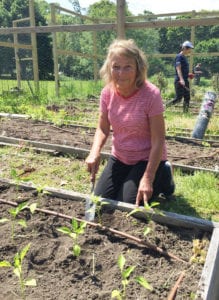
A retired Northport elementary school teacher, Gloria Hall leads the volunteer gardeners program she created in 2002 with her late husband, Bill. Both graduated from the Cornell University Master Gardeners Program. Today, an average of 20 gardeners work from May to October.
“I was brought up ‘playing in the dirt,’ exploring seed catalogs, trading plants with friends, and just enjoying a calmness that being in the garden brings,” Hall said. “To share my knowledge and enhance the Vanderbilt grounds gives me great pleasure.”
Ellen Mason
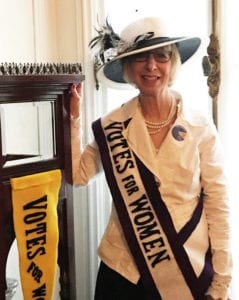
Ellen Mason began volunteering in 2006, after retiring as a high school English teacher. She was invited by a colleague and friend, Gretchen Oldrin Mones, first vice president of the Vanderbilt board of trustees. Mason began as a greeter in the Hall of Fishes.
“I was asked to do a walk-on part during Living History Tours,” she said. “I played Olympic skating champion Sonja Henie, a close friend of the Vanderbilts. I spoke just two lines.” She has played many historic roles since.
“I am very fortunate to be part of the museum and have a strong appreciation for its physical beauty,” Mason said. “For 13 years, I have repeated the same mantra when I arrive here: ‘Thank you, Willie, for giving us this.’ I constantly learn and laugh with the staff. We are all so protective of this magical place.”
Photos courtesy of Vanderbilt Museum

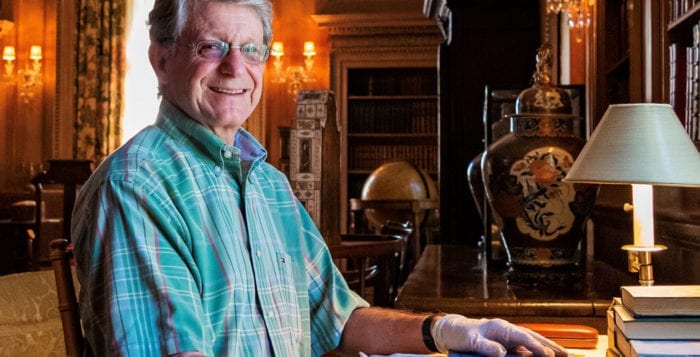


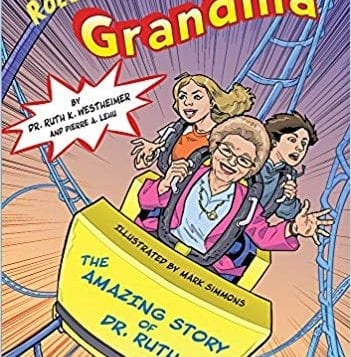
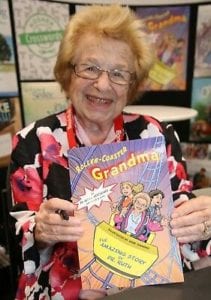
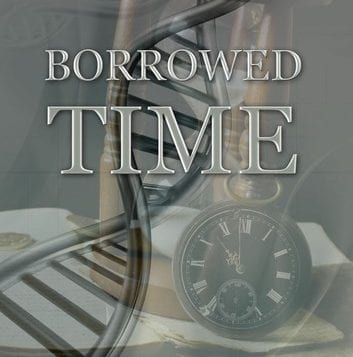
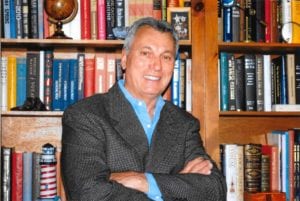
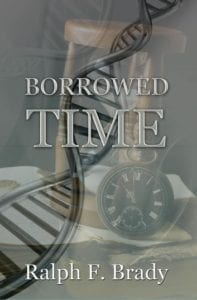 Brady has meticulously researched turn-of-the-century Long Island and paints both a community and global picture of the time. There is great fun in many local references, both past and present. For example, the train from Brooklyn to Greenport is always on time as there are only four stops.
Brady has meticulously researched turn-of-the-century Long Island and paints both a community and global picture of the time. There is great fun in many local references, both past and present. For example, the train from Brooklyn to Greenport is always on time as there are only four stops.



